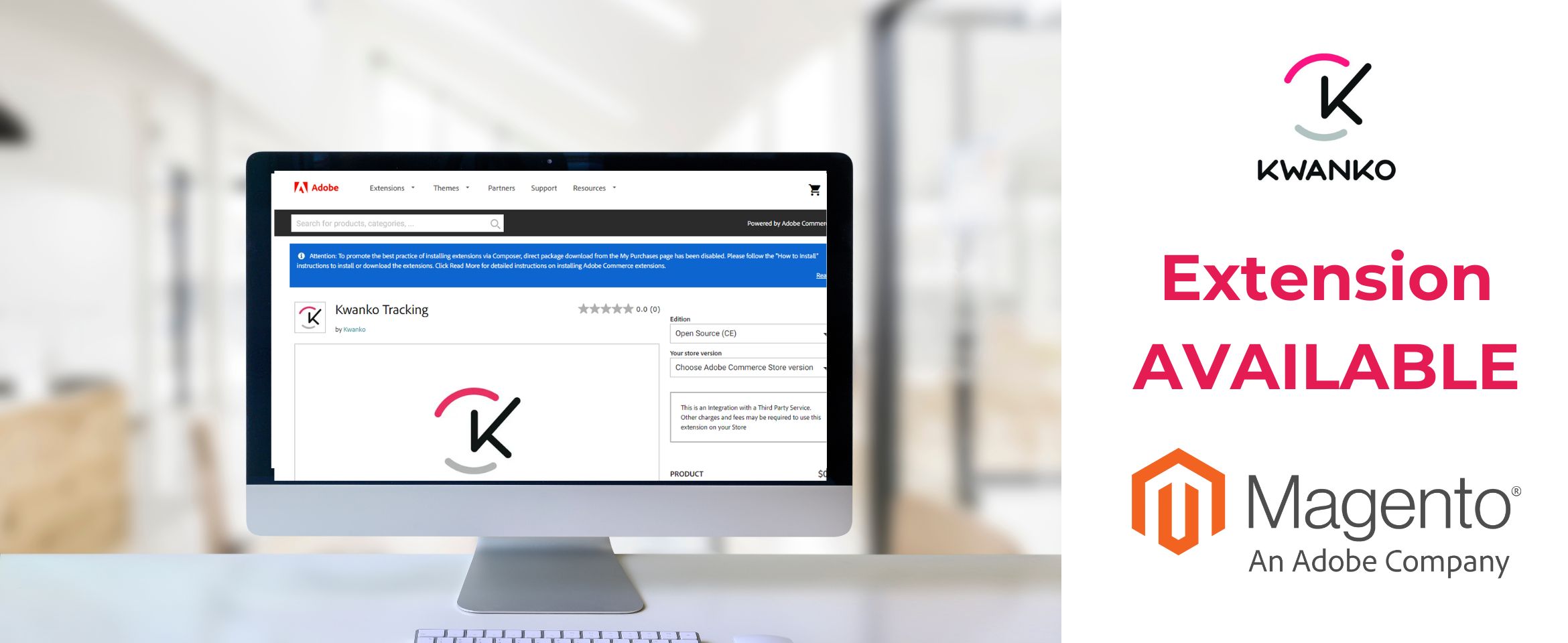Only a fraction of users (less than 5%) converts immediately during their first visit to a retail website. Conversion may occur when a user purchases a product, service or signs up to a newsletter or an event that you?re organizing. Despite all your optimization efforts, it can be difficult to keep visitors on your website. Adopting a retargeting strategy is a key driver for your performance marketing campaigns, as it can bring these visitors back to your site and convert them into customers.
What is Retargeting?
Retargeting (sometimes also known as remarketing) is a technique that directly targets people who visited your website without ever converting. The principle is simple: a user visits your site, but goes away without leaving a trace; however, when they browse the web, a few hours or a few days later, one of your ads will be displayed to them. It?s an ideal opportunity to remind them of your existence and encourage them to continue browsing? or take the relationship further if you?re a good match!
How does Retargeting Work?
It all goes on behind the scenes. When users visit a website, it places cookies on their device or uses tracking codes to associate each user with a specific profile. Ad networks can then use these details to create personalized messages for these visitors. The audience is already qualified, as they have visited your site and are aware of your brand. This is an effective way to optimize your performance marketing.
Include Retargeting in your Overall Strategy
Retargeting is a very effective tool for boosting your conversion rates and taking full advantage of an audience that you?ve already won over to some extent.
However, remember that retargeting will not attract more people to your website. That?s not its purpose ? you?ve got other tools designed to do this. What?s more, retargeting produces even better results when it?s part of an overall digital strategy that combines inbound marketing, AdWords, a strong social media presence, and so on.
The more people that visit your site, the more effective your retargeting will be. This is a good way for you to avoid losing touch with a qualified audience that could be lured away by your competitors.
3 Best Practices to Follow
To use retargeting effectively, you need experience, tact, and a good dose of strategy and emotional intelligence. To avoid getting off-track, keep these three essential tips in mind.
Frequency and Timing of Ad Exposure
One or two visits to your website don?t necessarily mean that you should launch a retargeting campaign immediately. Depending on your line of business, the buying process may be very long (especially for B2B) and involve several key players. Overexposure to ads could ultimately prove counterproductive.
Firstly, the user may ignore your ad, either consciously because they use an ad blocker, or subconsciously because they?ve developed banner blindness, a phenomenon where users ignore some or all of the banner ads displayed on a webpage.
What?s more, if the user has just left your website, but then sees an ad for this site on Facebook, this exposes you to another risk: the user may develop a negative association with your brand. Visitors may feel like they?re being monitored and spied on, causing them to your turn against your company. You need to take this type of cognitive bias into consideration.
So, you have to be strategic in identifying the right frequency and timing for your campaign?s exposure, and the agency that you work with will be best placed to give you appropriate recommendations.
Burn Pixels
Once a visitor has converted after several visits to your website, there?s nothing worse than continuing to flood them with your retargeting ads, all repeating the same message. To avoid this untoward situation, it?s important that you implement a ?burn pixel? in the final stage of your conversion funnel. This burn pixel is placed in a post-transaction page and will indicate when the user has converted and should no longer receive the retargeting ads sent to ordinary visitors.
This doesn?t mean that converted visitors should no longer be included in a retargeting strategy, but simply that the strategy must be very different and adapted to reflect what they just browsed.
The Right Segmentation for Your Audience
A retargeting strategy relies on personalized data. You shouldn?t show the same advertising to all visitors. Some visitors will stay on the home page, while others might go to a specific product page, or only read your blog, or contact your customer service. By using different tracking codes on each page, you?ll be able to adapt your content to make it more efficient.
Retargeting is an essential component of performance marketing. As well as enabling you to interact directly with a qualified audience, it also provides an effective way to track visitors with high conversion potential. Whether you use it for social media or for the web in general, retargeting is a key driver for boosting your sales performance.
 SKALE
SKALE  Join Kwanko
Join Kwanko  Program Directory
Program Directory  Who is Kwanko
Who is Kwanko  History
History  Careers
Careers  Kwanko Academy
Kwanko Academy  News
News  Case Studies
Case Studies  Strategy and commitment
Strategy and commitment  Social Responsability
Social Responsability  Gender Equality
Gender Equality  Our Environmental Charter
Our Environmental Charter  Our Ethical Charter
Our Ethical Charter  Our responsible purchasing policy
Our responsible purchasing policy  Certifications and Publications
Certifications and Publications 



 Publishers
Publishers Advertisers
Advertisers Our Solutions
Our Solutions  About Us
About Us  Academy
Academy 













